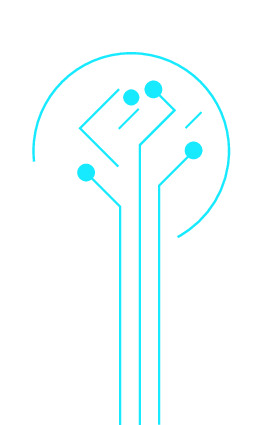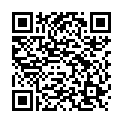|
|
|
| Module code: NE2112.BIO |
|
2V+2PA (4 hours per week) |
|
5 |
| Semester: 1 or 2 |
| Mandatory course: no |
Language of instruction:
English |
Assessment:
Ausarbeitung
[updated 31.01.2025]
|
NE2112.BIO Neural Engineering, Master, SO 01.10.2025
, optional course
|
60 class hours (= 45 clock hours) over a 15-week period.
The total student study time is 150 hours (equivalent to 5 ECTS credits).
There are therefore 105 hours available for class preparation and follow-up work and exam preparation.
|
Recommended prerequisites (modules):
None.
|
Recommended as prerequisite for:
|
Module coordinator:
Prof. Dr.-Ing. Ramona Hoffmann |
Lecturer: Prof. Dr.-Ing. Ramona Hoffmann
[updated 31.01.2025]
|
Learning outcomes:
After completing the course, students are supposed to be able to:
- apply fundamental concepts and laws of mechanics to biological systems by, for example, transferring centre of gravity calculations or force and moment equilibrium to biological systems in order to understand and analyse them.
- analyse the stress conditions in bones, muscles, and joints using appropriate modelling approaches by interpreting them as rods or beams, making them accessible for approximate calculations.
- question the validity of their models by comparing parametric calculations and demonstrate the necessity for validating biomechanical models.
- use simple linear elastic finite element methods (FEM) to analyse the mechanical behaviour of bones, providing an introduction to FEM through simplified bone simulations as a foundation for further studies.
[updated 24.03.2025]
|
Module content:
Fundamentals of Biomechanics
Applying static principles to the human body
Calculating the centre of gravity in various human postures
Analysing force and moment equilibrium in sports and medical applications
Bone Mechanics
Stress and strain analysis in bones under diverse loading conditions
FEM simulations using simplified linear elastic constitutive laws for bone tissue
Muscle and Joint Biomechanics
Quantifying and measuring muscle forces
Exploring the structure and mechanical function of joints
Computational Modelling
Implementing basic biomechanical models
Introduction to finite element analysis for biomechanical applications
Project work
Developing and presenting solutions to chosen topics within the course scope
Focus on model development, implementation, and validation
[updated 24.03.2025]
|
Recommended or required reading:
[still undocumented]
|


